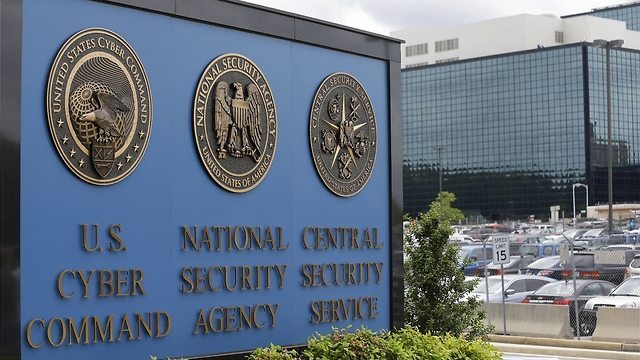The secret victories in the war against ISIS
Intelligence analysts and special operators have harnessed an array of satellites, sensors, drones and other technology to find and kill elusive militants across a vast, rugged area of Syria and Iraq, despite the lack of a ground presence and steps taken by US targets to disguise their use of electronic devices.
The strikes won’t defeat the Islamic State, but they are keeping its leadership off balance, a senior defense official involved in planning them said. “They are constantly having to adjust, which means they don’t have a lot of time to sit there and plan large and effective attacks,” the official said.
Like others interviewed for this story, the official was not authorized to discuss intelligence matters publicly and would not be quoted by name.
As in Pakistan and Yemen, missiles fired from unmanned drones have been used to kill high-value targets in Syria and Iraq. But unlike in Pakistan and Yemen, JSOC, not the CIA, has been pulling the trigger in Syria and Iraq, officials say. JSOC’s armed drones operate separately from, but in concert with, a conventional bombing campaign run by US Central Command, which has overall responsibility for the war.
The CIA’s Counter Terrorism Center brought its collection and analytical expertise to the hunt for senior militants in close cooperation with JSOC, officials say, with a new focus on achieving a hybrid model that has long been the Obama administration’s goal. Although the CIA has carried out the vast majority of drone strikes during the Obama administration, the president has said he wants the military to become the chief instrument of targeted lethal force.
In the latest strike on Sept. 10, the US killed Abu Bakr al-Turkmani, an Islamic State administrative officer, near Tal Afar, Iraq, Pentagon spokesman Peter Cook said. Abu Rahin Aziz, a British national, was killed in a drone strike in July.
Read More: The secret victories in the war against ISIS – Israel News, Ynetnews

